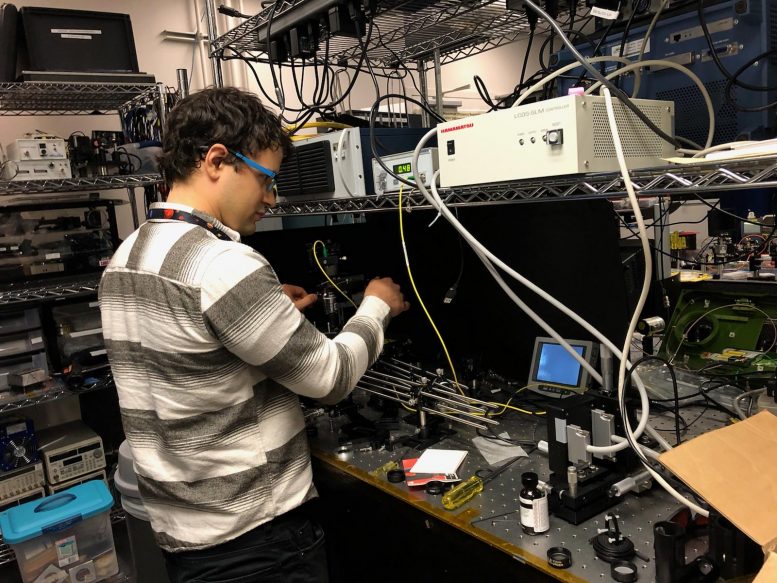
Early-career optical engineer Aaron Yevick is using Goddard Fellows Innovation Challenge funding to advance a technology that moves particles via laser-induced force fields. The technology could be applied to planetary science. Credit: NASA/Elizabeth Goldbaum
On a metal workbench covered with tools, instruments, cords, and bottles of solution, Aaron Yevick is using laser light to create a force field with which to move particles of matter.
Yevick is an optical engineer who came to NASA’s Goddard Space Flight Center in Greenbelt, Maryland, full-time earlier this year. Despite being in his current position with NASA for less than a year, Yevick received funding from the Goddard Fellows Innovation Challenge (GFIC) — a research and development program focused on supporting riskier, less mature technologies — to advance his work.
His goal is to fly the technology aboard the International Space Station, where astronauts could experiment with it in microgravity. Eventually, he believes the technology could help researchers explore other planets, moons, and comets by helping them collect and study samples.
A native of Toronto, Yevick found his passion for research early. As a 17-year-old, Yevick attended Yeshiva University in New York City to study physics and published a scientific paper on measuring nanoparticles in his sophomore year. After graduating with a bachelor’s degree, he attended New York University (NYU) to earn a doctoral degree in physics — an academic path that ultimately led him to NASA first as an intern in 2016 and again in 2018. He became a full-time optical engineer in February 2019.
“Aaron is well trained in optical trapping,” said Paul Stysley, a laser engineer at Goddard. “Bringing his expertise to Goddard allows us to partner more effectively with entities like NYU and the International Space Station in the short term,” he said, adding that in the longer term, Yevick and his team plan to partner with other organizations that want to study planetary environments.
Stysley, who has studied laser manipulation, is mentoring Yevick as he attempts to complete a system that can generate complex light fields and perform scientific experiments benefitting planetary exploration.
Research Impacts
The GFIC-funded project will help Yevick bring complex light and related micromanipulation technologies, like optical trapping, to NASA. In optical trapping, a focused laser beam uses radiation pressure to push and pull small physical objects.
The underlying principle of optical trapping won American scientist Arthur Ashkin half of the 2018 Nobel Prize in Physics. This principle, developed in the 1980s, has been used to capture living bacteria without harming them, leading to various researchers using this technology to probe the mechanics of life.
Complex light is the ability to shape the amplitude and phase of light in three dimensions, to form lines, knots, spirals and arrays of points. These fields may involve a strongly focused beam of light with a very small amount of force to move tiny particles that range in size from tens of nanometers (smaller than the width of a strand of hair) to several micrometers (about the width of a human red blood cell).
The system includes a spatial light modulator to precisely control the three-dimensional pattern of light, which in turn controls the motion of the particles. The modulator allows a user to independently adjust the phase of the incoming light beam across its profile at every point along a grid of pixels.
Development of the modulator, back in the 2000s, and other adaptive optics that can create complex light have unlocked new possibilities in the precision and customization of the force fields that can be applied to microscopic objects.
Space Application
Currently, researchers like Yevick are trying to adapt this complex light technology for space applications, particularly as a component for the Light Microscopy Module (LMM), which is a state-of-the-art light imaging microscope aboard the space station.
Astronauts use the LMM to pursue new research into microscopic phenomena in microgravity. On the space station, without the force of gravity, which could potentially overpower the delicate radiation pressure, researchers would be able to conduct experiments in self-assembly, space biology and colloidal science (the study of fine particles suspended in a fluid).
“Aaron brings much needed youth and enthusiasm to this project,” Stysley said. With backing from management, “he has the drive to get the job done.”


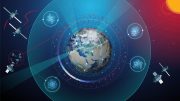
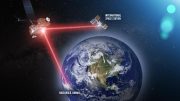

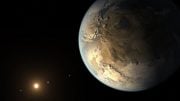
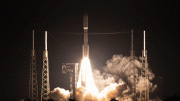
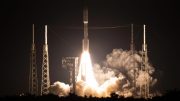

Be the first to comment on "NASA Innovator Experiments with Force Fields for Moving Matter"